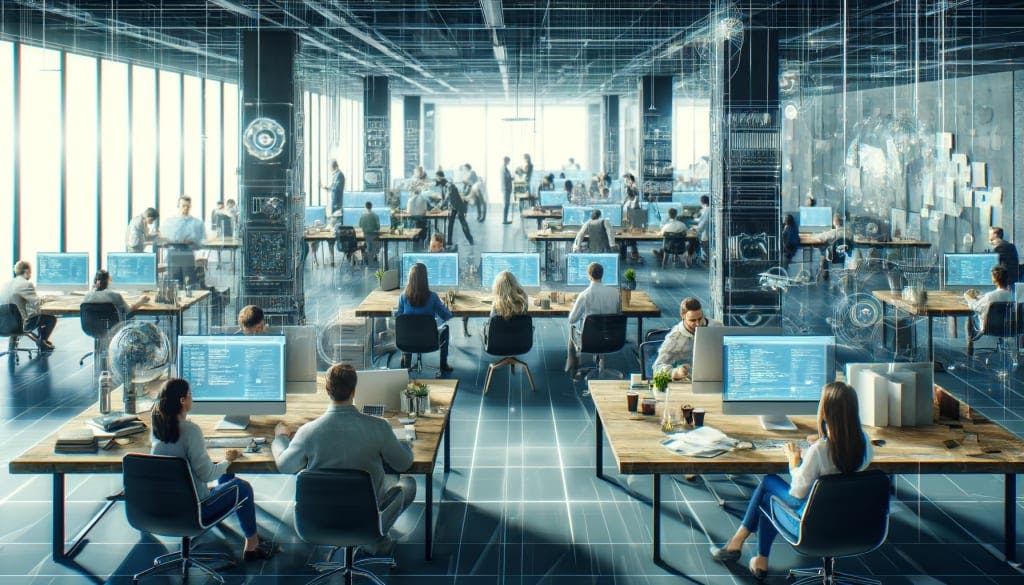

Headless CMS offers significant advantages for omnichannel marketing strategies, enabling businesses to deliver consistent and personalized content across multiple channels seamlessly. By decoupling content from presentation, a headless CMS allows marketers to create and manage content in a centralized repository, which can then be distributed to various platforms like websites, mobile apps, digital signage, and IoT devices through APIs.
This approach facilitates omnichannel content delivery, ensuring brand consistency and a cohesive user experience across all touchpoints. Additionally, headless CMS enhances personalization capabilities by integrating with CRM systems and analytics tools, allowing marketers to tailor content based on user preferences and behavior.
The flexibility and scalability of headless CMS also enable faster content updates and improved page performance, contributing to better user engagement and potentially higher search engine rankings.
When selecting a headless CMS for your business, consider your unique needs, technical requirements, and long-term goals. Key factors to evaluate include developer functionality, ease of use for content creators, scalability, and integration capabilities with your existing tech stack.
Assess the CMS's ability to support omnichannel content delivery, as this is crucial for reaching customers across various touchpoints. Look for features like composability, which allows for adding new functionalities as your business evolves, and robust API performance to ensure efficient content delivery. Additionally, consider the level of community support, especially for open-source options, as this can be valuable for troubleshooting and development.
For enterprises, factors such as security, privacy, and the ability to handle complex content architectures are paramount. Ultimately, the best headless CMS will be one that aligns with your specific use case, whether it's for a tech startup, e-commerce site, or large-scale enterprise, while offering the flexibility to adapt to changing market conditions and customer preferences.
Headless CMS technology has gained significant traction in recent years, but several misconceptions persist that may deter organizations from adopting this innovative approach. Here are some common myths about headless CMS and the facts that debunk them:
By understanding these misconceptions and the realities of headless CMS, organizations can make more informed decisions about adopting this technology. As with any system, it's crucial to evaluate the specific needs of your business and choose a solution that aligns with your goals and resources.
Adobe Experience Platform (XP) and WordPress, while popular, differ significantly from modern headless Content Management Systems (CMS) in terms of architecture and capabilities. Adobe XP, part of the Adobe Experience Cloud, is a comprehensive but complex platform that offers a wide range of features for content management and digital experience creation.
However, it can be expensive and has a steep learning curve, which may not be suitable for all organizations. WordPress, on the other hand, is a traditional CMS that, while widely used, lacks the flexibility and scalability of modern headless CMS solutions.
Modern headless CMSs, such as Contentful, Strapi, and Kontent.ai, offer several advantages over these traditional systems. They provide greater flexibility in content delivery across multiple channels, better developer independence, and improved scalability. Unlike Adobe XP's monolithic structure, headless CMSs allow for a more modular approach, enabling organizations to choose and integrate only the components they need. This results in potentially lower costs and easier maintenance compared to all-in-one solutions like Adobe XP.
Additionally, modern headless CMSs often provide more intuitive user interfaces and better support for omnichannel content strategies, making them increasingly attractive options for businesses seeking to enhance their digital presence.
We're Notum Technologies:
✔️ Official STRAPI agency in Europe and America, based in the Czech Republic.
✔️ We offer custom STRAPI development, consultations, web, and mobile apps.
✔️ With 40+ completed STRAPI projects, many workshops, open communication, and great project management, we have the tools to make your project a success.
